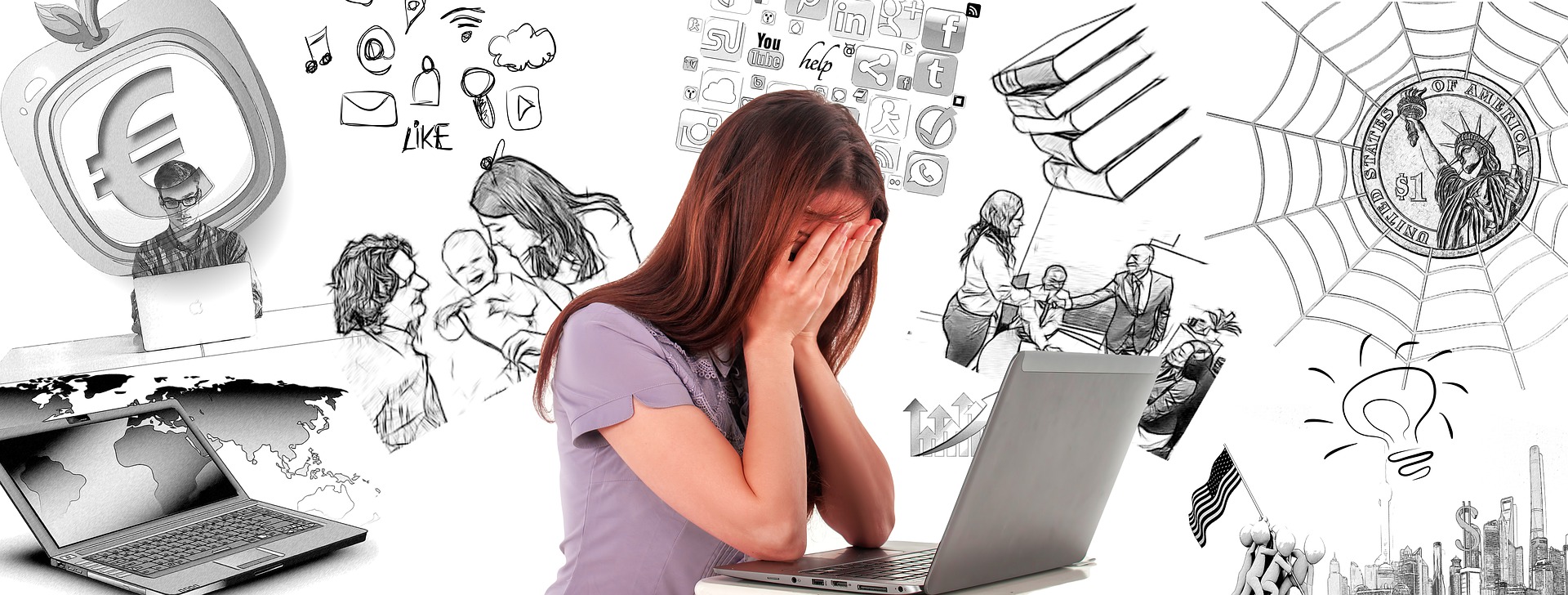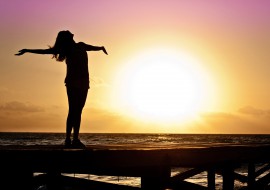
burnt out? embodied resilience: a new approach to restoring wellbeing
“Mr Duffy lived a few feet away from his body” -James Joyce Dubliners
Running on fumes
Abby was a middle manager working for a large Tech firm. For months now she had been constantly under pressure from both her staff and her CEO. She felt stressed out by the performance driven needs in her company and was having sleepiness nights; the eczema on her arms had become inflamed and she looked exhausted. “I’m like the middle of a sandwich” she said “squeezed all the time, I’m falling to bits. I keep on thinking I’ll find a way out. I can’t-I’m running on fumes!”
Abby touched upon something quite profound in her account. Her resilience was at an all-time low, yet she still believed she could think her way out of this situation-devise a plan, implement a set of procedures.
Abby is not alone here, for most of us our default mode when the thinking gets tough is to toughen out our thinking. This could be a mistake, a kind of dead end-or at least only partly effective-in restoring our resilience.
In her book The Happiness Track Emma Seppala gives an account of what she calls “natural resilience” and suggests that we need to make a stronger mind-body connection to restore our resilience; in short, our resilience needs to reach a somatic or embodied level.
Making a start
Perhaps the best way to make a start is to use a tool popularised in Mindfulness Based Stress Reduction (MBSR) and subsequently used by the Mindfulness Association which quite simply asks us what depletes us and what nourishes us? It sounds simple, yet it is a very effective way of not only eliciting what it is that takes away our resilience but also introduces a boundary of sorts between the stressor and the stress, or the stressed out.
Now practically at this point we might not be able to make any changes, but it gives us points of recognition and helps us to recognise the stressors in our life more clearly.
Building resources
So, the next step is to ask ourselves what is it that nourishes me?
This is where we introduce self-care and self-compassion into our lives-which for many of us can be tricky-we often don’t believe we deserve it, there is that shrill voice in us that says “keep going, strive”-but we know that if we do keep going things will only get worse.
How do we build our resources? Seppala suggests some of the following
- Take a walk in nature
- Breathing exercises: focusing on the out breath, which activates the parasympathetic nervous system, allowing soothing to occur
- Taking a pause-favoured by Tara Brach in Radical Acceptance, who says taking a pause to bring grounding into our days installs mindfulness into our being
- Take a self-compassion break: created by Kristine Neff in her book Self-Compassion, this is a mantra composed of the following sentiments: “this is a moment of suffering/everybody has moments of suffering/may I be kind to myself in this moment of suffering
- Take a long hot soak in the bath
- Do nothing: let your mind settle of its own accord
Finding embodiment
More and more though we are understanding-as the work of Reginald Ray in his book Touching Enlightenment and his work in somatic descent suggests-that body based responses can allow our experience of nourishment to be considerably enriched and deepened.
For example, affirming your nourishing acts with a posture of movement, of opening your arms in welcome, introduces a felt sense into the experience, what the writer and neuroscientist Rik Hanson calls “installation” (see CD The Neurodharma of Love) or deepening into a somatic, embodied whole-part of us.
Another way of describing this is calling it-as Jon Kabat-Zinn has done, a kind of coming back to our senses-the senses bringing us back in touch with our embodiment; other practices in mindfulness such as the bodyscan can encourage this, too.
We’re trying for something that’s already found us
How, though, might we achieve a felt or embodied sense of what appears to be emotional or cognitive?
To answer this, we could turn towards a realisation that Eastern teachers have known for centuries (as have Native American and shamanic cultures): the body is nondual. There is no split or separation in the soma, separation exists only in our heads, in the misplaced belief that we “have” a body. We do not. We are a body, we are embodied already, but disconnected from what is. Western writers such as Judith Blackstone in The Empathic Ground have written extensively about this; we are embodied already and this profound shift is a powerful realisation and beginning.
We can reconnect.
Reconnection will not occur overnight, we have become what the French philosopher Foucault calls “docile bodies” of conditioned submission, stuffed up in our heads, turning away from our own field of experiencing.
This radical reconnection puts us in touch with a deep embodiment, a natural resilience and in turn a radiant self-liberation.
How to make a deeper start?
Overall, there are perhaps 3 stages to developing a closer relationship to the soma and an embodied resilience: mindfulness, compassion and somatic inquiry.
We begin with mindfulness to calm the agitated mind and bring a gentle, focussed attention to the body via acceptance and self-compassion. We learn to re-relate to our experiencing with acceptance and kindness, gently opening up to the same in a more inclusive manner.
This allows us to open and deepen into somatic inquiry; we can’t really do this effectively with an agitated or self-critical mind, the mind has to move in to a more “settled” place and we need to find our grounding into a friendlier relationship to self. This is crucial, if we have a difficult or adversarial relationship to ourselves then our habit or default will be to pull away, or self-attack, reinforcing our “striving” and evasion mode.
We can’t allow our experience to be as it is-authentic-and own it if we find it unfriendly and turn against it.
Here are some practices:
- Savour your sensory field: your 6 senses of touch, sound, sight, smell and the sensation of embodiment, of being a body
- Practice the mindfulness bodyscan, reaching more fully into yourself at a somatic level
- Turn to your experiencing with kindness and self-compassion
- Listen to your body
- Ask for the wisdom in your body to communicate with you (it will tend not arise in speech, more in sensation, image or colour)
- Recognise what you are interconnected with, cast your net wider; there is a huge field of interconnection
Shadows in the body
What else might we meet, encountering our rich field of soma?
We have known for some time that when we experience unpleasant, threatening or traumatic events we have an already existing range of defences that help to protect us (see Bateman and Holmes Introduction to Psychoanalysis).
Whilst there are literally hundreds of defences, there are a few “main” defence mechanisms, such as suppression, regression, denial and distortion. However, the younger we are often the more “primitive” our response or defence is. Suppression might take the form of what is often called “splitting” where we disown a part of our experiencing and project it into the unconscious. It still exists, often as repressed psychic energy, embedded and stored in what is often called character armour: this store, and whatever we are embedded into, we will necessarily embody.
The shadows that live here move in a kind of unlived part of ourselves, often known through illness, dreams and the projections we place onto other people.
There is an opportunity to relate to a deeper kind of resilience here that Reginald Ray calls “boundless” or “awareness seeking its own completion” (Touching Enlightenment p268). Robert Bly, too, in A Little Book on the Human Shadow suggests that acquainting ourselves with our shadow generates a more resilient personality. Here we are able to touch this unlived life where, as Blackstone says “our holding patterns [have prevented us] from inhabiting the internal space of our body” -we can shift from docile bodies to embodying a more élan vital.
Further implications
Ken Wilber in Sex, Ecology, Spirituality suggests we are “holons” deep ecological parts of the whole and our embodiment is intimately connected with the world and the cosmos in what Buddhists call co-dependant arising, or dharma (Macy in Dharma Rain: sources of Buddhist environmentalism edited by Kaza and Kraft)-we’re more than brains in bags of skin competing with other brains in bags of skin; our resources can be both personal and vast, intimately connected with a deeply embodied ecological resilience, this journey can be what Kabat-Zinn calls “a roadmap to our radiant selves”.
As the Vietnamese monk Thich Nhat Hanh says in the book of the same name: no mud, no lotus.
For Abby (above) this worked by beginning to listen more closely to her body. She took pauses at work, even if for just 3 minutes in her day to breathe and be, she enrolled in a once a week yoga class and sat for 10 minutes every other day in silence, allowing her thoughts to settle and calm, grounding into her body. As Abby listened more closely to her body, as she met her body with more acceptance she began to see how her own felt sense or embodiment could be a kind of barometer for wellbeing, she could ease into her own embodiment and follow the patterns of stress that less and less stuck and grew, but were impermanent, and she learnt to let go at a somatic depth; her resilience increased, as did her wellbeing.





Write a Comment